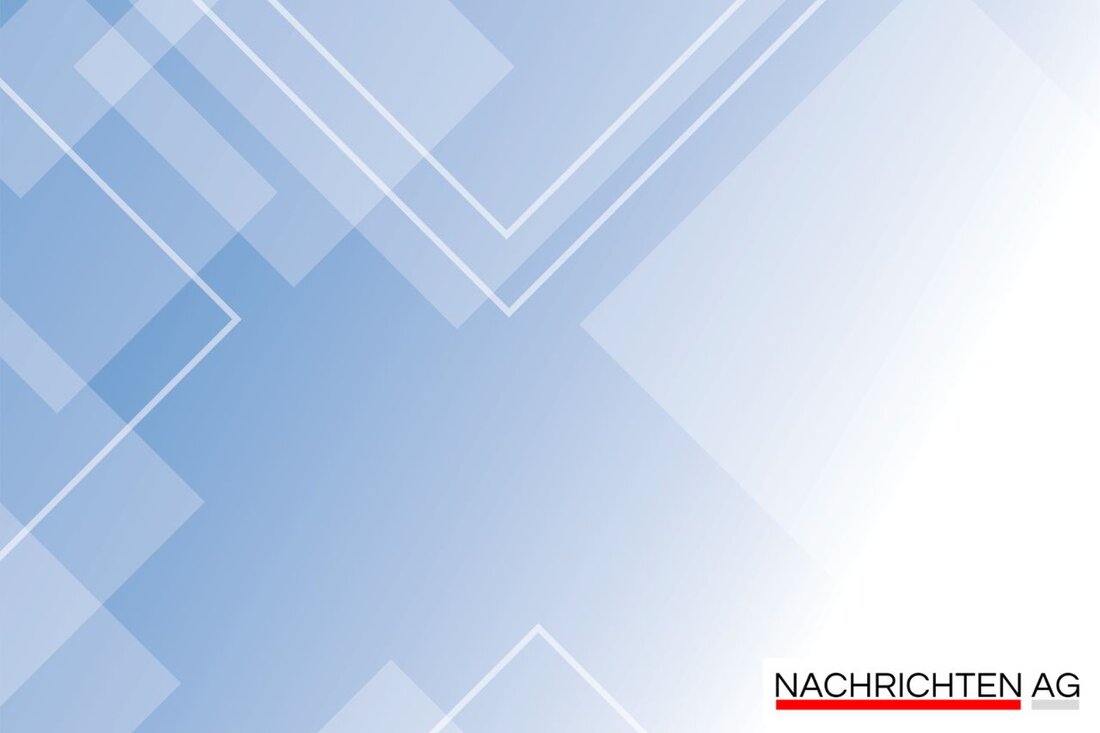Discover the future: Team Timster explains VR for children on Kika today!
Discover the future: Team Timster explains VR for children on Kika today!
On July 6, 2025, the world of digital innovations plays a central role on the screen. At 8:00 p.m., the KIKA shows the varied program "Team Timster", which is with the exciting topic "VR: How does play with glasses work?" deals with. Moderator Tim takes the audience on a journey through the fascinating worlds of Augmented Reality (AR) and Virtual Reality (VR). This not only happens entertaining, but also instructive - a good hand for the young spectators!
In today's episode, Tim visits researcher Jakob Korbel at the TU Berlin. Together they explain the basics of AR and VR and show how these technologies change the interaction between the digital and physical world. It becomes particularly exciting for the interactive AR rally in the Museum of Communication in Berlin. Here the children Tom, Maia and Kaspar solve exciting tasks using tablets - an example of how technology can enrich learning.
The fascination of augmented and virtual reality
What exactly is AR and VR? According to Coursera, both AR and VR improve interaction with digital technologies. While AR enriches the physical world with digital content, VR creates a completely immersive experience with headsets. These technologies are not only highly valued in the play area, but are also used in marketing, education and healthcare.
augmented reality, for example through apps such as Pokémon GO or Snapchat filter, enables users to insert digital elements into their real environment. In the educational sector, AR visual aids can be provided that facilitate the understanding of complex content. On the other hand, Virtual Reality offers access to completely new worlds. The users travel to virtual environments and can gain interactive experience there.
VR and AR in the field of education
The market for AR and VR applications is growing, especially in the field of education. As the Federal Center for Political Education, new educational apps are regularly published that make the lessons emotionally appealing. Nevertheless, there are still challenges in this area, such as the high costs for the implementation or the need for reliable internet connections.
In schools, AR applications such as measuring band apps or Google translators could be just as useful as virtual experiences through apps such as Google Expeditions or Civilization AR, which bring historical artifacts into the classroom. In scientific and social science lessons in particular, VR and AR can significantly expand the spectrum of models and visualizations. Students can interact directly with the content and even create them themselves, which promotes creativity.
The "Team Timster" format serves as an excellent example of the educational value of AR and VR. After the broadcast, the program is also available in the Kika media library as a video on demand, with a repetition on July 13, 2025 at 8:35 a.m. Interested parties can also deal with the topics later. Further interesting programs in the evening include "Cinema cinema: Filmfest Munich 2025" and "PUR+" on 3sat, which are broadcast at 6:00 p.m. and 7:25 p.m.
Overall, the program shows how important it is to introduce children to digital technologies at an early stage. The combination of game and learning can not only promote technology competence, but also enable new ways of learning.
| Details | |
|---|---|
| Ort | Museum für Kommunikation, Berlin, Deutschland |
| Quellen | |

